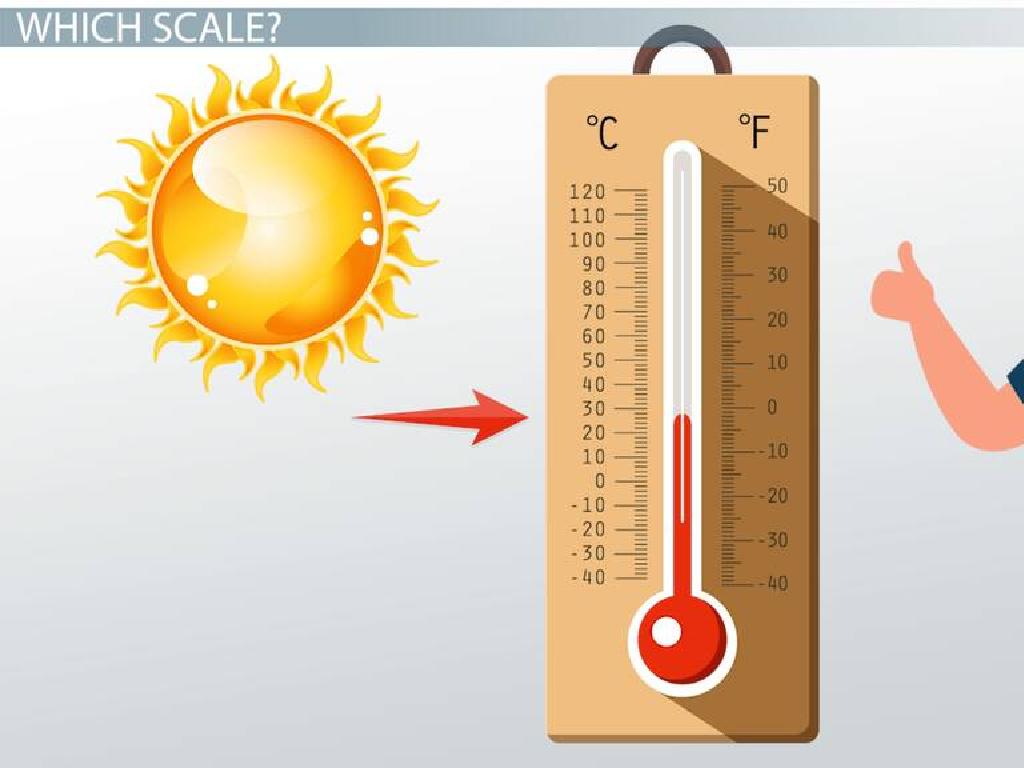World War I: The Road To War
Subject: Social studies
Grade: Eighth grade
Topic: World War I
Please LOG IN to download the presentation. Access is available to registered users only.
View More Content
Introduction to World War I: The Great War
– Understanding the Great War
– Known as the ‘war to end all wars’ due to its scale and impact.
– Significance of World War I
– Marked the beginning of modern warfare and reshaped world politics.
– Overview of involved countries
– Major powers included the Allies (France, UK, Russia) and the Central Powers (Germany, Austria-Hungary).
– Examining alliances and tensions
– Alliances and rivalries set the stage for a global conflict.
|
This slide introduces students to World War I, emphasizing its nickname ‘The Great War’ and its unprecedented scale and devastation. Highlight the war’s historical significance, noting how it introduced new forms of warfare and had lasting effects on global politics. Provide a brief overview of the key countries on both sides of the conflict, the Allies and the Central Powers, and discuss the complex web of alliances and tensions that contributed to the war’s outbreak. Encourage students to consider how these alliances might have both deterred and propelled the nations into war. This sets the stage for a deeper exploration of the causes and events that led to World War I.
The World in Early 20th Century: Prelude to WWI
– Political landscape pre-WWI
– A complex web of empires, monarchies, and emerging democracies
– Major alliances and their impact
– Entente and Central Powers shaping global politics
– Imperialism’s role in WWI
– Competition for colonies and resources heightening tensions
– Nationalism as a catalyst
– Intense pride in one’s nation, often against rival nations
|
This slide aims to set the stage for understanding the complex factors that led to World War I. The political landscape of the early 20th century was characterized by a mix of long-standing empires and newer political entities. Major alliances, such as the Triple Entente and Triple Alliance, played significant roles in the buildup to war, creating a balance of power that could easily be tipped. Imperialism led to competition among European powers for colonies and resources, which fueled rivalries and mistrust. Nationalism also played a key role, as it fostered a sense of superiority and often antagonism towards other nations. Students should understand how these factors interplayed to create a volatile situation that ultimately led to the outbreak of WWI. Encourage students to think about how alliances might affect their own relationships and how competition and pride can lead to conflict.
The Spark That Lit the Fire: WWI
– Archduke Franz Ferdinand’s assassination
– Heir to Austro-Hungarian throne killed in Sarajevo
– Catalyst for global conflict
– This event triggered alliances and militarism to activate
– Chain reaction of war declarations
– Countries bound by alliances declared war in a domino effect
– The ‘Powder Keg’ of Europe ignited
– Long-standing tensions in Europe erupted into war
|
This slide aims to explain the immediate cause of World War I, emphasizing the assassination of Archduke Franz Ferdinand as the pivotal event. Discuss the political climate of the time, including the complex system of alliances and the concept of militarism that were prevalent in early 20th century Europe. Explain how the assassination led to Austria-Hungary’s declaration of war on Serbia, and subsequently, how this led to a chain reaction of war declarations due to the interlocking alliances. Highlight the ‘Powder Keg’ metaphor to describe the volatile situation in Europe that was ready to explode. Encourage students to consider how a single event can have far-reaching consequences, leading to a discussion on the broader implications of political actions and alliances.
Militarism and the Arms Race: Prelude to WWI
– Militarism: glorification of military power
– Nations built up massive militaries, believing in war’s inevitability
– European powers’ arms competition
– Intense rivalry led to a buildup of weapons and alliances
– Militarism’s role in war’s inception
– Aggressive posturing and alliances set the stage for conflict
– Escalation to global conflict
|
Militarism refers to the belief that a country should maintain a strong military and be prepared to use it to defend or promote national interests. This ideology was prevalent among European powers before WWI, leading to an arms race where countries competed to amass the largest and most powerful armed forces. This competition created a tense atmosphere and a network of alliances that made it easier for a large-scale war to break out after the assassination of Archduke Franz Ferdinand. The slide will discuss how the arms race and militaristic mindset among nations contributed to the outbreak of WWI, setting the stage for what would become a global conflict.
Alliances and Entanglements Preceding WWI
– Major alliances: Entente & Alliance
– Triple Entente: Britain, France, Russia. Triple Alliance: Germany, Austria-Hungary, Italy.
– Alliances’ role in conflict escalation
– Alliances meant local disputes risked wider wars.
– ‘Balance of power’ concept
– Aimed to prevent dominance by any one country.
– The breakdown of balance leading to war
– Aggressive militarism & alliances disrupted the balance, contributing to war’s outbreak.
|
This slide introduces students to the complex network of alliances that set the stage for World War I. The Triple Entente and Triple Alliance were formed as part of a ‘balance of power’ strategy, intended to prevent any one nation from becoming too powerful. However, these alliances also meant that a conflict involving one country could quickly involve its allies, leading to a larger war. The failure of the balance of power is a critical concept, as aggressive nationalism and militarism, along with the rigid alliance system, ultimately led to the outbreak of a global conflict. Students should understand how these alliances turned a regional incident into a world war and reflect on the implications of such entanglements.
The Balkan Powder Keg
– ‘Powder Keg of Europe’ explained
– The Balkans were called a ‘Powder Keg’ due to the high risk of conflict.
– Ethnic tensions in the Balkans
– Diverse ethnic groups vied for power, leading to unrest.
– Crises leading up to WWI
– Assassination of Archduke Franz Ferdinand sparked the war.
– Balkans’ role in war’s outbreak
|
The term ‘Powder Keg of Europe’ refers to the Balkans’ volatile political situation before WWI, where overlapping claims and ethnic rivalries created a high-risk environment for conflict. Discuss the various ethnic groups in the Balkans and the tensions that arose from their aspirations for independence and power. Highlight the crises that occurred, such as the Bosnian Crisis and the Balkan Wars, which heightened the region’s instability. Emphasize the assassination of Archduke Franz Ferdinand as the immediate catalyst for the war, while also explaining that the underlying ethnic and political tensions had been simmering for years. This slide aims to help students understand the complex causes leading to WWI and the significant role the Balkans played in the conflict’s inception.
Class Activity: Role-Play the Crisis
– Divide into groups by country
– Present your country’s pre-war stance
– Discuss war avoidance strategies
– Consider alliances, military strategies, and diplomatic options
– Reflect on the activity’s insights
– Think about what you’ve learned from other perspectives
|
This activity is designed to engage students in a role-play to understand the complex pre-war stances of various countries involved in World War I. By dividing the class into groups, each representing a different country, students will research and present their assigned country’s position and reasoning leading up to the war. This will help them grasp the political and social climate of the time. The discussion on how the war could have been avoided encourages critical thinking about conflict resolution and the impact of diplomacy. Possible activities include creating propaganda posters, writing diplomatic letters, or staging a mock peace conference. The reflection at the end will help students process the activity and consider the lessons learned about the causes of World War I.
Reflecting on the Road to World War I
– Recap of WWI’s inception
– Significance of studying war causes
– Understanding causes helps prevent future conflicts
– Remembering the fallen
– Honoring the memory of millions who perished
– Moment of silence
– A respectful tribute to those affected by the war
|
This slide aims to consolidate the students’ understanding of the complex events that led to World War I. Emphasize the importance of learning from history to avoid repeating the same mistakes, highlighting how a series of alliances, militarism, imperialism, and nationalism contributed to the war’s outbreak. Discuss the human cost of the war and the importance of remembrance. Conclude with a moment of silence, providing a somber reflection on the impact of the war and the importance of striving for peace.






